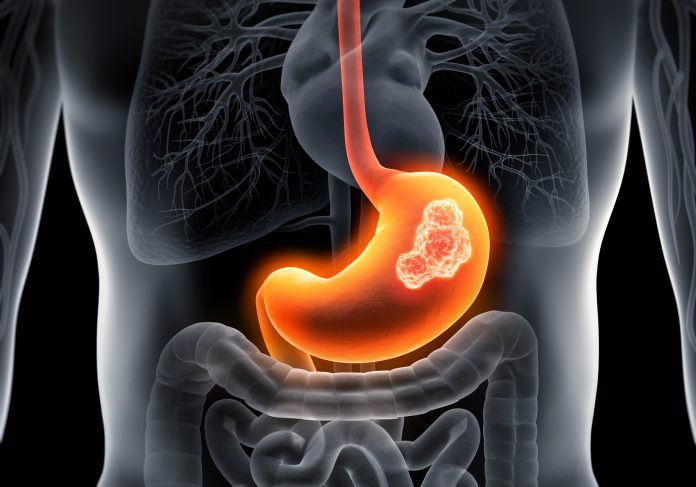
Overexpression of PIEZO2 stood out as an independent risk factor for men with gastric cancer (GC) who had poor overall survival in a study led by researchers from Tongji University School of Medicine and Shanghai University of Traditional Chinese Medicine. Interestingly, the biomarker did not have the same impact in women, and patients had a better prognosis with poorly differentiated tumors and increased PIEZO2 expression. Further, this research suggests that PIEZO2 could be a good target for immunotherapy.
The study appears in Scientific Reports and the lead authors are Yun-Chao Zhang and Min Yang.
PIEZO2 genes in GC, they report, were mostly implicated in inflammation, immunological response, and tumor metastasis. The gene had a negative correlation with cell stemness (stem cell-like properties) and mutation levels in GC patients and a positive correlation with immune cell infiltration and gene expression in the tumor microenvironment. These findings, they suggest, point to PIEZO2 as a potential new immunotherapy target.
Gastric cancer (GC) is estimated to be the fifth most common cancer worldwide, and the fourth most deadly. Current treatments include: endoscopic examination, gastrectomy, and chemotherapy or adjuvant chemotherapy or neoadjuvant therapy. Although outcomes have improved, they are still very poor and there is an urgent need for biomarkers to guide treatment, particularly as immunotherapy is introduced for this disease.
A transmembrane protein, PIEZO2 is crucial for the quick response of somatosensory neurons to mechanically generated currents. There’s evidence that abnormal expression of PIEZO2 may be related to the progression of cancer. The gene has been specifically linked to GC, however, there are still lots of questions about the use of immunotherapy, potential mechanisms of immune function, and prognostic subgroup analysis in this disease.
This study uses bioinformatics analysis of the clinical data in the Online database of cancer genes and GSE54129 to analyze the clinical characteristics of PIEZO2 expression. The team studied the correlation of PIEZO2 with immune cell infiltration, immune-related genes, and immune checkpoint genes. Predicted the performance of PIEZO2 in immune checkpoint blocking therapy.
The University of California Santa Cruz (UCSC) Genome Browser Database was used to retrieve the standardized pan-cancer dataset, and for each sample, the PIEZO2 gene expression data were extracted. The difference in PIEZO2 between tumor and normal tissues was assessed using the TCGA and GSE54129 datasets. The team further retrieved the expression data of the PIEZO2 gene’s marker genes and a total of 60 genes from the immune checkpoint pathway.
The researchers write, “We demonstrated a strong correlation between PIEZO2 and immune cells. The majority of immune checkpoint and immunological-related genes were associated with PIEZO2 expression.”
With respect to tumor stemness, The team “… examined the important PIEZO2 and tumor stemness markers in clinical patients. PIEZO2 was shown to be inversely linked with DMPss, DNAss, ENHss, and EREG.EXPss, EREG-METHss, RNAs, MSI, purity, and TMB in GC.”
They add that, “PIEZO2 might be used as an immunotherapy target.”